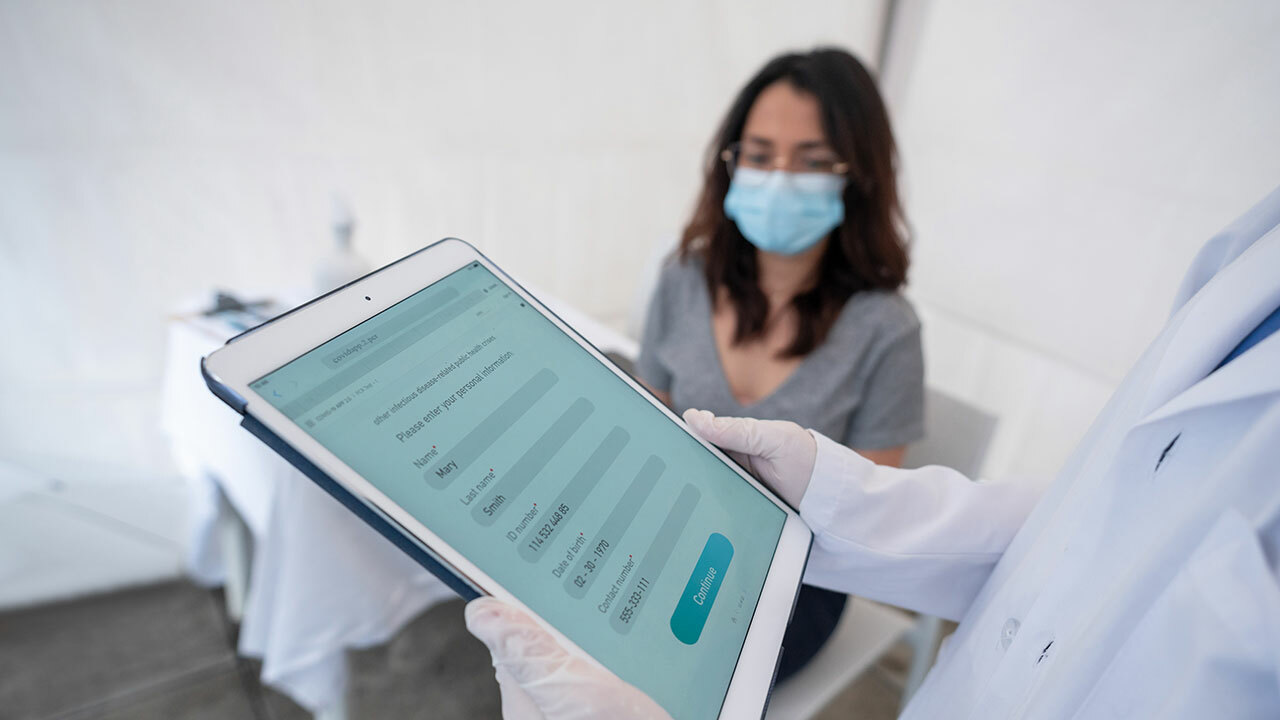A longtime leader in healthcare improvement, we’re developing new ways to revolutionize the industry.

ViVE 2022: How Automation is Changing Healthcare for the Better

Key takeaways:
- Automation enables healthcare organizations to streamline time-consuming processes, extend their scarce labor resources and improve their operations.
- The most effective way to improve care is by having an automated clinical decision support (CDS) system that protects patients from errors while also streamlining providers’ workflows.
- Poorly implemented CDS tools that generate unnecessary alerts often result in clinician burnout, which can threaten patient safety and lead to adverse outcomes.
- PINC AI™ CDS works to overcome this issue, aiming to design solutions that are intuitive, informative and efficient.
For more on this topic:
- Learn about what a partnership with PINC AI™ Clinical Decision Support can do for your healthcare organization.
- Join this webinar to hear how North Memorial Health and Blue Cross Blue Shield (BCBS) Minnesota are collaborating to implement an electronic health record (EHR)-embedded point of care hierarchical condition category (HCC) coding improvement solution to drive significant financial impact and ensure optimal services for patients.
It is no secret that the healthcare industry is facing a labor shortage. While COVID-19 aggravated the issue, heavy workloads and time-consuming tasks also play a role in straining the healthcare workforce. In fact, research shows up to 70 percent of a clinician’s time is spent on administrative duties. Excessive workloads and stretched resources can cause clinician burnout. It is essential for the healthcare industry to address the workforce shortage challenge while also focusing on reducing clinician burnout.
Healthcare leaders striving to extend their workforce and improve patient outcomes are looking to automation to make manual, paper-based processes more efficient and effective. Artificial intelligence (AI) has developed capabilities to assist with draining menial tasks so providers can go back to doing what they love: taking care of people.
Ryan Nellis, Vice President and General Manager at PINC AI™ Clinical Decision Support, recently shared his thoughts at a ViVE conference about how automation can help healthcare organizations improve their practice and maximize their resources.
What do you think is the low-hanging fruit when it comes to automation in healthcare?
One of the areas where I see low-hanging fruit is in the clinical decision support (CDS) space. It is imperative to improve the signal-to-noise ratio of CDS alerts. The reality is that electronic health records (EHRs) can be quite messy with taxing workflows. We work with 160 hospitals and 400,000 physician customers, and one of the first things we hear is refusal to bring more burdensome CDS into their environment. So instead, we go in and help health systems clean up their workflow first, so they can have an improved signal-to-noise ratio. Once we clean up the noise, we can bring in some advanced AI.
What are the barriers to entry to adopt these solutions?
One of the biggest secrets in automation and AI is that humans make it work well. At PINC AI™ CDS, we've got a fantastic best-in-class data science team. However, we also employ doctors and clinicians to help clinical staff members know how to bring these tools into the point of care in order to benefit patients. So, making sure anything that is brought into the clinical workflows is curated, validated and ready to go is huge.
How can automation be a solution to the healthcare labor shortage and clinician burnout?
The ongoing labor shortage and clinician burnout go hand in hand. A leading contributor to clinician burnout is the EHR. We have helped improve EHRs across the United States. Health systems build their own CDS, and what is interesting is clinicians react to alerts and can register messages against prompts. For example, we see doctors’ express frustration or annoyance over certain nudges. We make clinical leaders aware of the triggers that are bothering their staff. Then we can go in to the EHR and remove bothersome alerts before we bring in external decision support. EHR integration of real-time data offers providers access to comprehensive data collection on a patient’s overall health. This can result in a decrease in unnecessary tasks and fewer unnecessary tests and procedures.
From a vendor perspective, how do we support all these technologies?
We must make it easy for the health system to adopt the technology. The reality is the EHR is like the operating system for healthcare providers. Sitting on top of that operating system are application programming interfaces (APIs) that allow developers to bring apps to users in a seamless way. Many of our customers, the doctors who treat patients routinely day to day, don’t know that there is an external vendor providing an enhancement to the EHR. To them, they get in, they use the EHR, they go through their day, their workflows are improved. We design our solutions so that they don't know they're there. This is probably the best way to make AI work well.
Why is AI and automation critical to the success of value-based care and patient outcomes?
Right now, there’s a shift moving from fee-for-service payment towards more accountable care. About five years ago, payers and providers were a little more at odds. They were less willing to share data and collaborate. Now, we see a trend towards payers and providers teaming up. We have insurance companies buying tools to distribute to providers who treat their members. I think the name of the game is really twofold. You want to boost your revenue and reduce your expenses while improving quality. One way to achieve that goal is to accurately document the population. There are 70,000 ICD 10 codes that roll up to 86 different Hierarchical Condition Category (HCC) codes. Clinicians didn’t go to medical school to learn how to code. Instead, they are documenting patient diagnoses using ambient listening devices. However, it’s just sitting in blurbs of texts. So, AI comes in to help the provider get the coding right.
The other thing is the proliferation of medical information makes it very difficult to keep up. I have two daughters, and I would love to know that every time they go to the doctor, the clinician treating them knows every bit of information available. However, the reality is that information on how to treat patients doubles every 60 days. It’s impossible for humans to be able to understand all that. So, in the context of value-based payment, you need to bring the best available data and information to clinicians in their workflow. The huge drivers in value-based care are pushing documentation, reducing waste and getting patients the approved and appropriate care.
The insights you need to stay ahead in healthcare: Subscribe to Premier’s Power Rankings newsletter and get our experts’ original content delivered to your inbox once a month.

